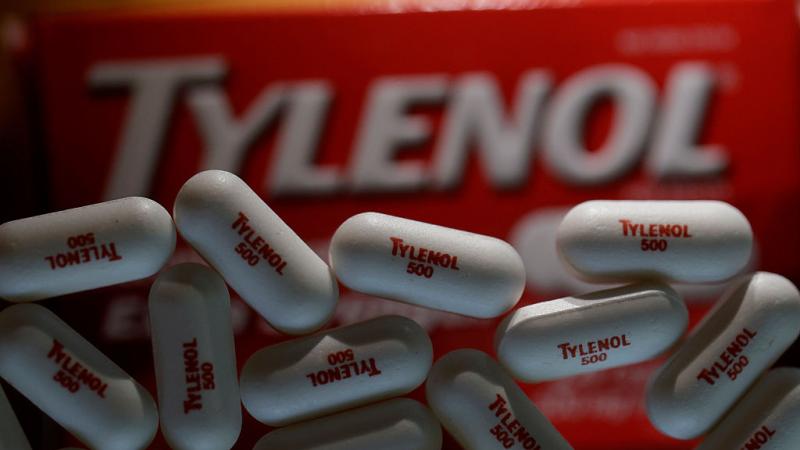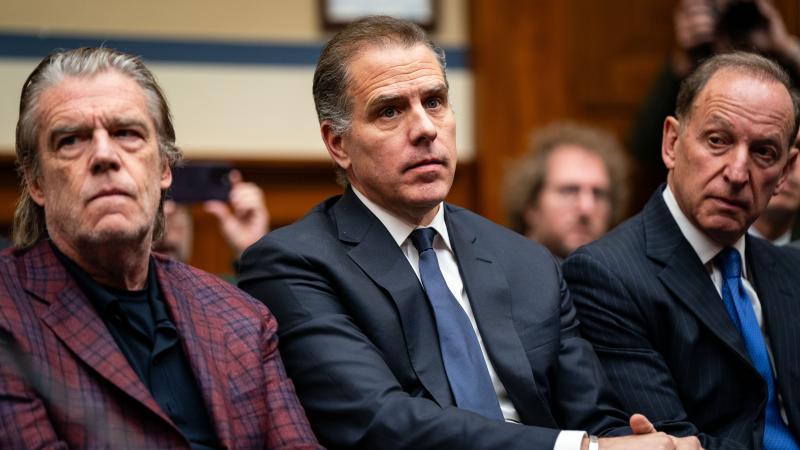DOE spent more than $500 million on solar power plant that repeatedly stumbled
The Crescent Dunes plant in Nevada is a tale of government mismanagement and continued wasteful spending in the face of failure.
The Golden Horseshoe is a weekly designation from Just the News intended to highlight egregious examples of wasteful taxpayer spending by the government. The ward is named for the horseshoe-shaped toilet seats for military airplanes that cost the Pentagon a whopping $640 each back in the 1980s.
This week, our award goes to the Department of Energy for spending as much as $510 million in taxpayer dollars to fund a solar energy company that has now filed for Chapter 11 bankruptcy, without ever becoming fully operational.
The financial tale of the Crescent Dunes solar plant in Nevada is one of epic levels of government incompetence and mismanagement of taxpayer dollars.
The Crescent Dunes solar plant received $737 million in guaranteed loans from the Obama administration as part of the 2009 economic stimulus, which included a settlement with the Department of Energy that left the American taxpayers liable for nearly $235 million in outstanding debt. The plant received an additional $275.6 million from the Treasury Department in 2017 as part of the Treasury Department's 1603 program, which allows payments to made for specified energy properties in lieu of tax credits.
The initial promise of the Crescent Dunes solar plant was to generate solar power even when the sun is hidden behind the clouds, or when it’s dark. The proposed method to solve this problem was to use molten sand to harness and retain the heat from the sun and use it to produce steam, thereby generating power from the plant all the days of the week and hours of the day. But it never quite worked as well as the science projected.
When Crescent Dunes struggled to gain financing from commercial lenders, the government stepped in to effectively fully fund the operation that it described as “the first of its kind in the United States and the tallest molten salt tower in the world.”
Due to a series of construction delays and equipment failures, Crescent Dunes missed its commercial start date and generated zero energy for the first six months of 2017. The plant had only one customer at the time, the utility company NV Energy, which told regulators that its most significant problem with the plant was its ability to meet baseline portfolio goals.
Despite its litany of issues, the Department of Energy continued to finance the plant, and sing its praises, until the absolute last possible moment. The department’s initial expectation was that Crescent Dunes was going to produce up to 482,000 megawatt hours every year. The plant has, in fact, not generated that much energy, ever.
In April 2017, when the plant was in the midst of a months-long shutdown, the department wrote that it was a “milestone for the country’s energy future,” a “success story” that was taken (via taxpayer dollars) from “mirage to reality.” Later that year, a spokeswoman for DOE would admit that the project “has consistently faced technical failures that have proven difficult to overcome.”
Then, last year, the plant’s molten salt tanks experienced what was described as a “catastrophic failure,” that rendered the groundbreaking plant inoperable. Recently, that one Nevada utility company terminated its contract with the plant, meaning Crescent Dunes no longer has even a single buyer for the power it is theoretically capable of generating.
The original Department of Energy settlement includes a clause that would allow taxpayers to reclaim up to $100 million, if the plant is able to resume operations and meet revenue and production milestones. But that reality is unlikely to come to fruition.















